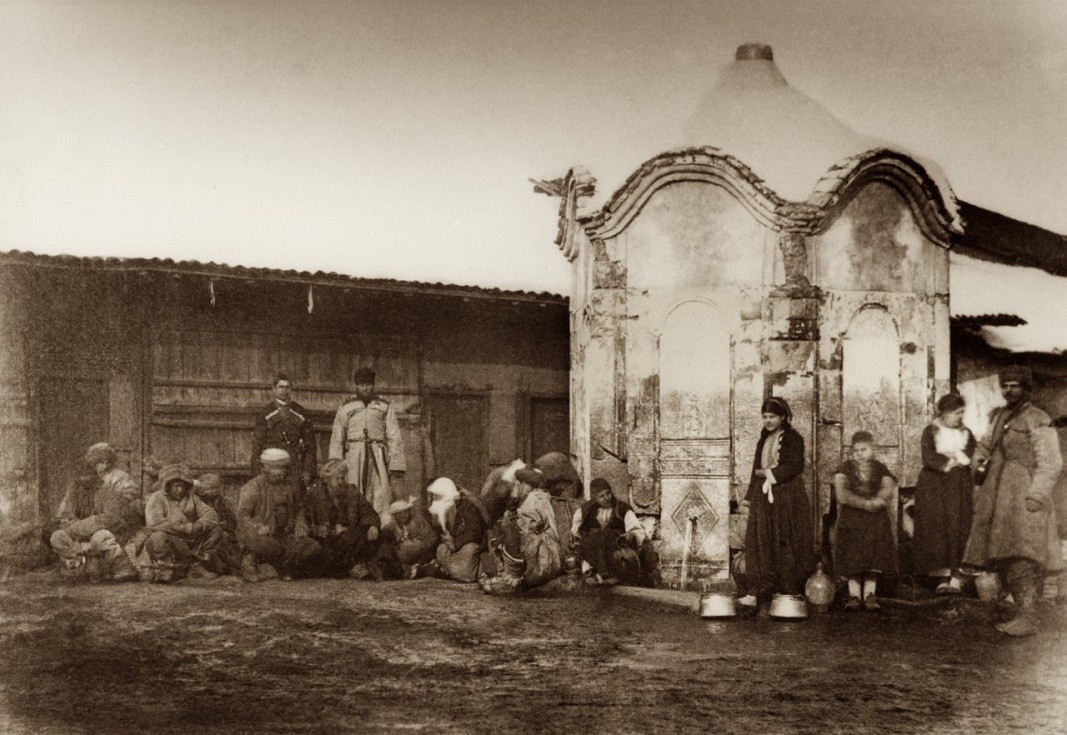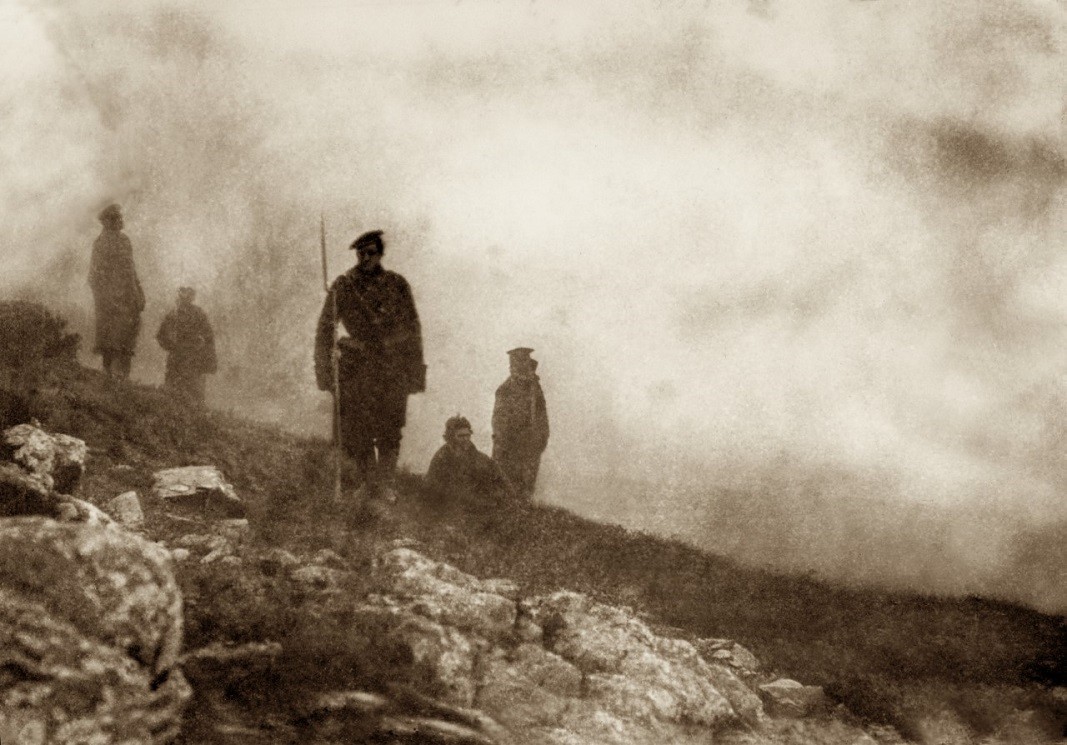The Russo-Turkish War which led to the liberation of Bulgaria from five centuries of Ottoman rule, was only the third war to be covered by war photographers.
Artist photographer Ivo Hadjimishev has dedicated decades to the search for photographs of Bulgaria's liberation in various archives.
“There were several photographers with the Russian army during the war", he says. "The most famous was photographer A.D. Ivanov. Only his surname is known. He is said to be Belarusian.”

At the beginning of this century, Hadjimishev, with the help of several Russian photographers, had access to the imperial photo albums of Alexander II, which contained more than 600 photographs, and are kept in the Russian State Documentary Film & Photo Archive.
With donation from a Bulgarian businessman, he managed to buy the usage rights for a hundred images, selected by him.
Later, while he was working on the travelling exhibition "The Forgotten Photographs of the Russo-Turkish War", he found out that the director of the State Archives in Varna, Borislav Dryanovsky, had received an album of war photographs by Franz Duschek – court photographer to King Carol I of Romania.

"The photographs from the two archives complemented each other extremely well. A.D. Ivanov walked with the army. He had almost no access to key political figures, or to the headquarters. But thanks to him we have the insiders’ look on the war – the life of the soldiers, battles, terrain. Whereas Duschek, thanks to his Romanian patron, was allowed where the key political photographs were taken in this war," explains Hadjimishev.
We know of another Russian photographer, Dmitry Yarmakov, who was covering the war theatre on the Caucasus front, but the names of the photographers who worked on the other side of the front, are not known yet. Hadjimishev hopes that one day the missing information will come out. He says that for him the most important photos of the war are the images of the common people, the civilians.

"A colleague asked me for a photograph of the Russo-Turkish War for a book he was working on. I offered him two photographs from the Russian State Documentary Film & Photo Archive - one is of local Turkish population waiting to register because they have decided to stay in Bulgarian territory - a very important photo because it explains why we continue to live with these people in peace to this day. The other picture was of people who looted property from abandoned Turkish homes. Much to my surprise, or not, the book showed the second photograph and not the first."

Asked which was his favourite war photograph, Hadjimishev didn't hesitate to tell us about two of them. One is of a Russian officer near Edirne. The man is looking out at the horizon, with the nearby minarets of the iconic Suleymaniye Mosque in the background. The temple and the outline of the city stand out in the Thracian field like a romantic dream. Hadzhimishev's other favourite photograph is of a military post in the fog of the Arabakonak Pass while the Russian army was crossing the Balkan Mountainsin winter.

"The image was very pale, almost indiscernible. We received from Russia a batch of low quality copies made on high-contrast photo paper from the Soviet Union. When we digitalized them, this photograph was practically resurrected from this grey blurry undistinguishable shot," artist photographer Hadjimishev recalls.
After being digitally restored many of these war photographs were then printed as etchings or recreated by artists as paintings. "I say again that these images are like icons for us, very important, very precious," the photographer stresses.
English version: Elizabeth Radkova
Photos: courtesy of Ivo HadjimishevThey call Nikopol “the town of ages” because its history goes back thousands of years. It was founded as a settlement in the year 169 during the reign of Roman Emperor Marcus Aurelius. In 629, theByzantine Emperor renamed the town to Nicopolis, meaning..
There are rumours and speculations that some forgeries, so good that they are not inferior to the originals, could be found among the exhibits in the museums, but at the moment a whole series of forgeries can be seen at an exhibition..
A unique statue from the Roman period of Odessos, preliminarily dated to the late 2nd to the first half of the 3rd century, has been discovered during excavation works near the train station in Varna, said archaeologists from the Varna Regional..
The Feast of the Epiphany - the entry of the Theotokos into the Temple - is one of the oldest and most revered feasts in the Orthodox world. It was..
The Museum of the Jewish People in Tel Aviv , Israel, today commemorates the 130th anniversary of the birth of Dimitar Peshev, a righteous man of the..
On November 22 and 23, the Bulgarian Orthodox Church will solemnly celebrate the 100th anniversary of the consecration of the Patriarchal Cathedral "St...

+359 2 9336 661
